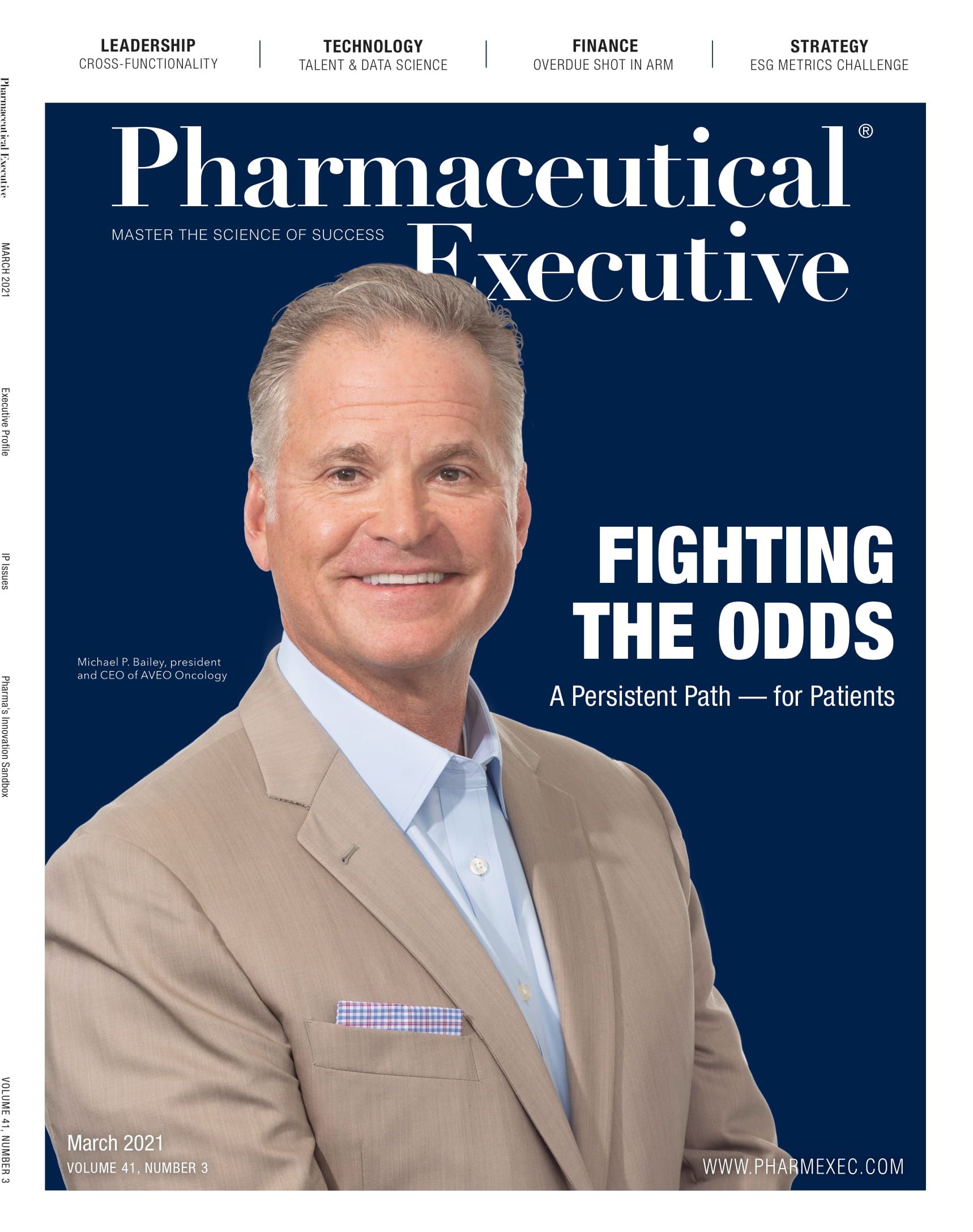Attracting the Right Data Science Talent
Recruitment of data scientists is much more than a numbers game.

Pharma is still a long way behind other industries in terms of data science and analytics. And as it plays catch-up, the demand for talent in this area is going to increase. Unfortunately, the solution isn’t just a case of implementing a blanket recruitment drive. As Pratap Khedkar, principal at ZS, told Pharm Exec in a recent interview (Feb. 15), “the right question is ‘What is needed to make the data scientists effective once we hire them?’”
Of course, companies should be hiring data scientists, “but these recruits need three or four different skills in addition to data science.” Otherwise, a company that hires 50 data scientists will find that those 50 hires don’t create value for the company. “For example,” Khedkar explains, “patient services and interaction data can be a mess. Data scientists don’t want to work with those data; they want them cleaned up first.” So, before a company needs data scientists, it needs data engineers. Then it needs model maintainers. “If we look at a company like Microsoft,” he says, “the roles around the data scientists outnumber the data scientists ten to one. You have to surround data scientists with the right ecosystems to go all the way from idea to experiment to scale to impact.”
Another problem is that pharma is competing with Microsoft — and Google, Amazon, etc.—for this talent. Big tech companies aren’t just trendier than pharma, they can also offer better packages. McKinsey & Company noted last year that one multinational retail conglomerate is drawing in candidates with “salaries up to 20% higher than market rates.”1
According to Ciaran Hickey, principal consultant at Skills Alliance, a global life sciences recruitment firm focused on supporting innovative companies with their talent acquisition strategies, the industry should think about widening its net to find its new recruits. For example, in terms of hiring, “pharma hasn’t really been targeting the academic sector,” he says. “A few years ago there just wasn’t the opportunity for people with PhDs in data science to move into life sciences, so these people headed to tech or to other industries.” Hickey points to the Technical University of Munich, Germany (Technische Universität) as “a strong university with a really good data science program.” But, he adds, “all its best graduates go to Google.”
There are reasons for optimism, though. Hickey notes, for example, that where the traditional hiring process in pharma was “very slow, incorporating a lot of different stages,” companies are now aware that they need to have a “much more streamlined recruitment process.” And he praises some of the big pharma companies for their commitment to digital growth. “AstraZeneca’s plans over the next 18 to 24 months are huge,” he says, “and they are being implemented.” He points to the establishment of AstraZeneca Computational Pathology (also in Munich) as an example. Other companies such as Novartis are also advancing strongly in digital, and Hickey highlights GSK’s recent opening of an office for machine learning/AI and data science in London, which added 100 new hires to its team during the COVID pandemic.
More sophisticated approaches to hiring data analysts and scientists won’t solve the skills shortage problem entirely. As McKinsey also noted last year, demand for these roles is expected to be four times higher than supply, meaning that a considerable investment in workforce reskilling is also necessary.2 But hiring might get a bit easier for pharma in the wake of the pandemic. COVID-19, as we know, has put pharma in a more flattering light; this extends to its position as a career destination. Hickey points to Novartis’ June 2020 “Powerful Pairing” report, which shows that pharma’s response to COVID has boosted its reputation among tech professionals. The report’s 2,500 respondents indicated that healthcare and pharma were the two industries they would “most likely consider switching to,” regardless of the sector they currently worked in. “At times like this, pharma and biotech give people opportunities to show they can have an impact on a day-to-day basis,” says Hickey, “and that is attractive.”
References
- “Rethinking AI talent strategy as automated machine learning comes of age,” mckinsey.com, Aug. 14, 2020.
- “Pharma operations: Creating the workforce of the future,” mckinsey.com, April 9, 2020.
Julian Upton is Pharm Exec’s European and Online Editor. He can be reached at jupton@mjhlifesciences.com.

Is Artificial Intelligence a ‘Product’? Products Liability Implications for AI-Based Products
April 10th 2025As the physical products we use evolve to become increasingly complex, traditional products liability frameworks may not always fit to provide remedies for harm that can result from using novel product types.